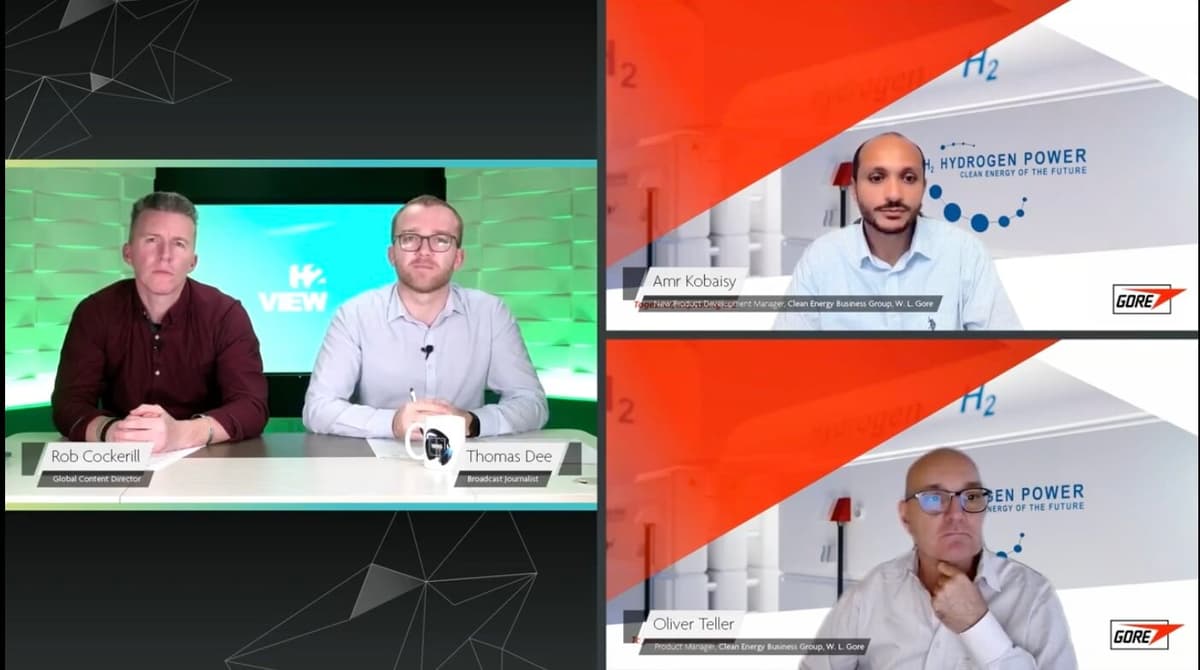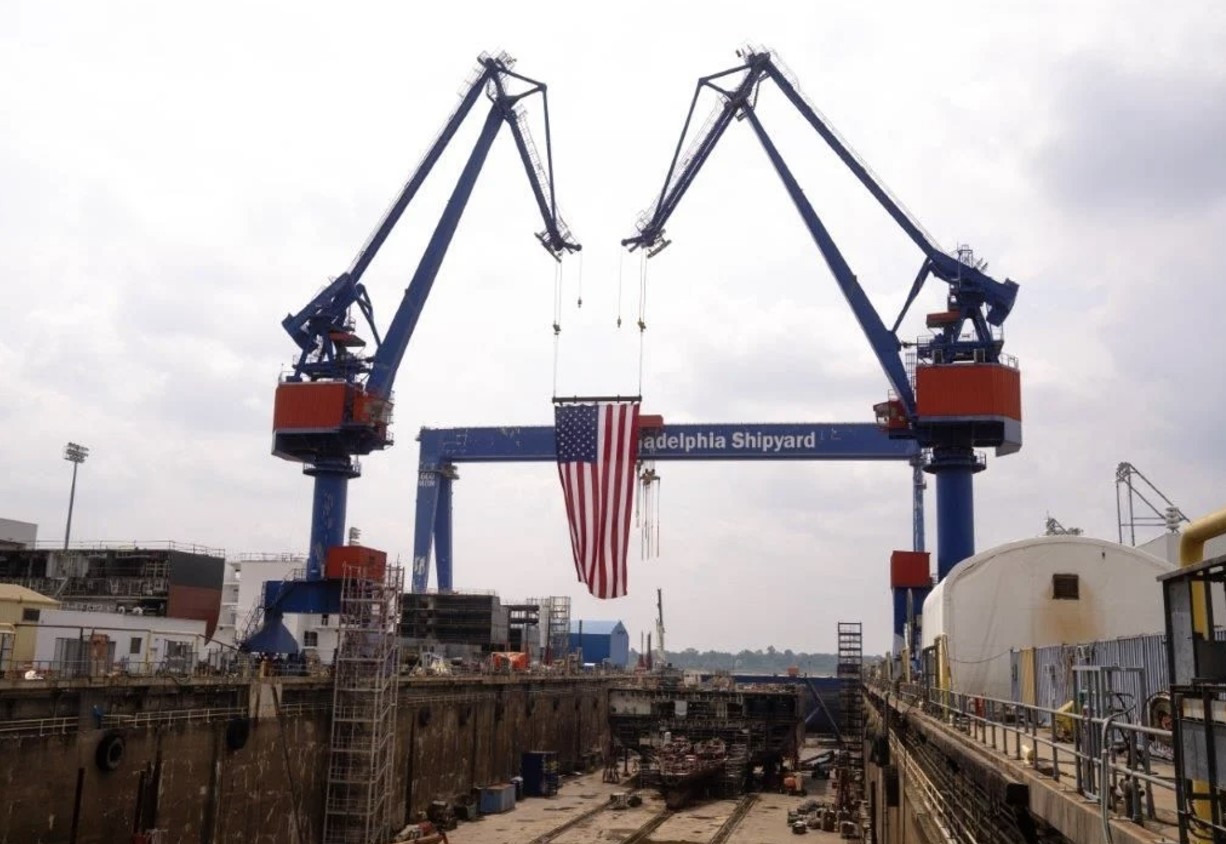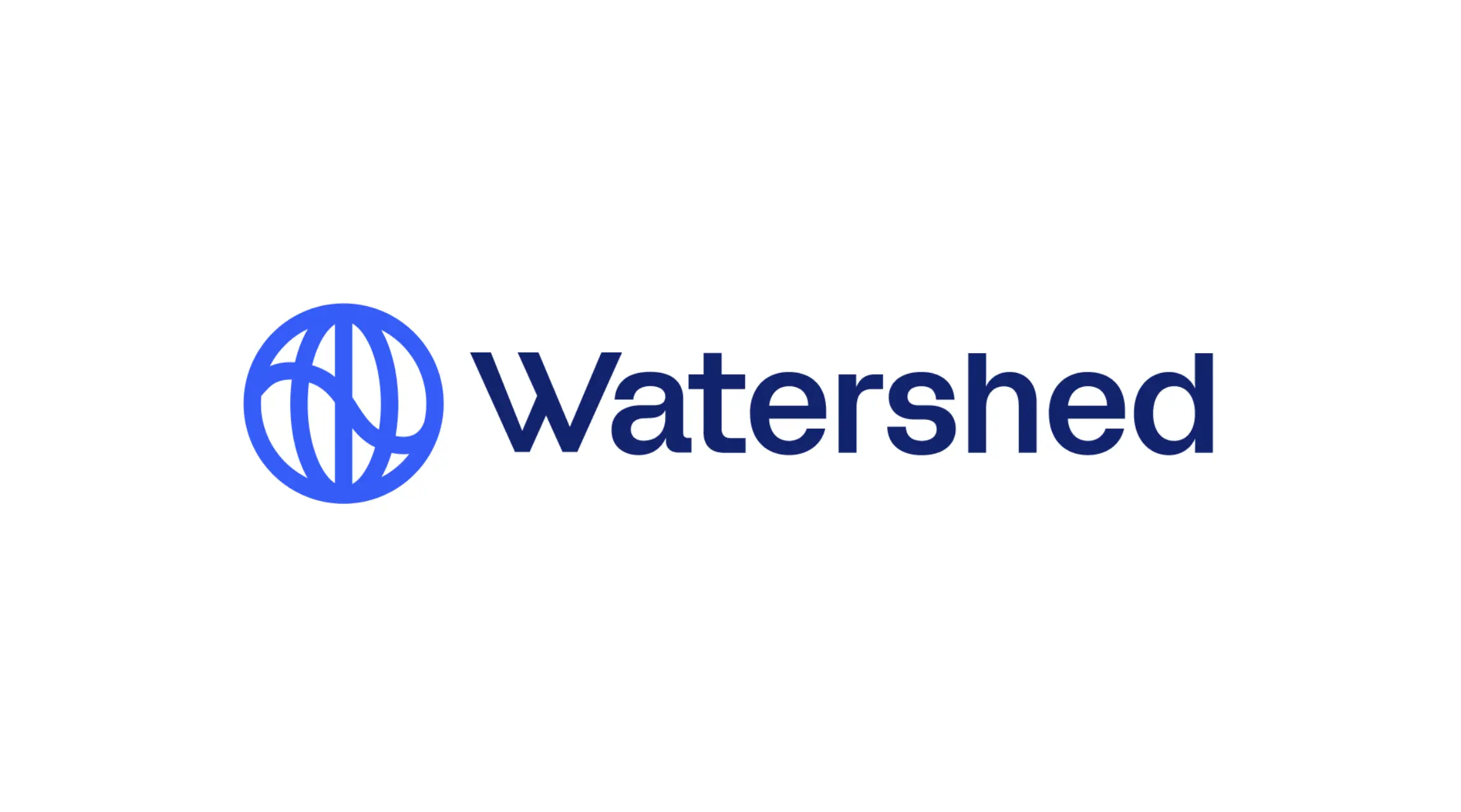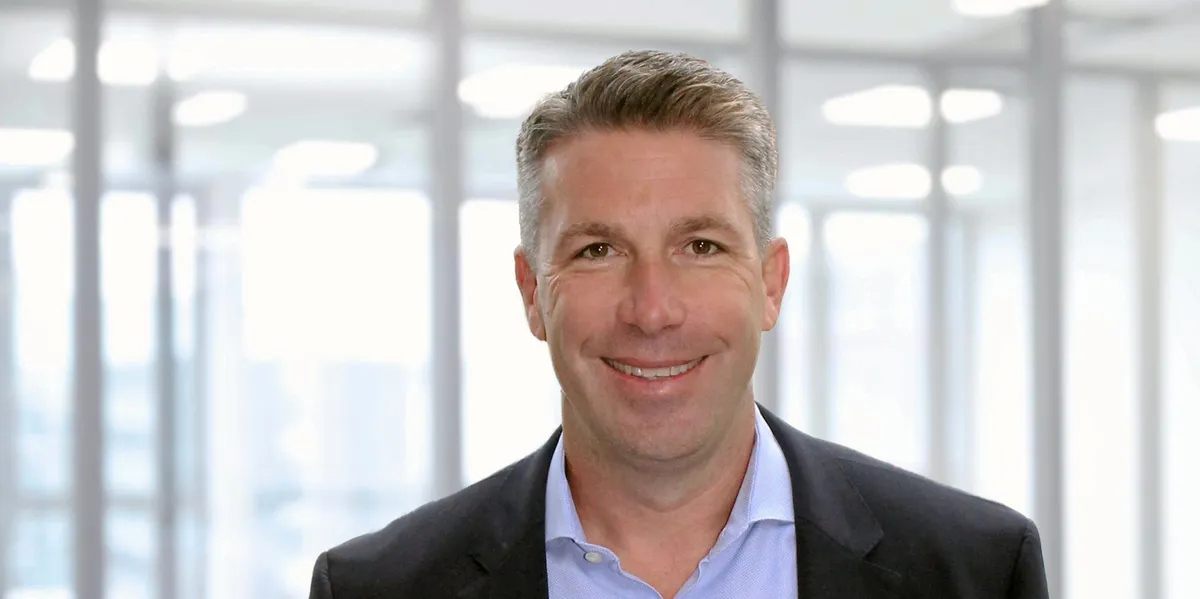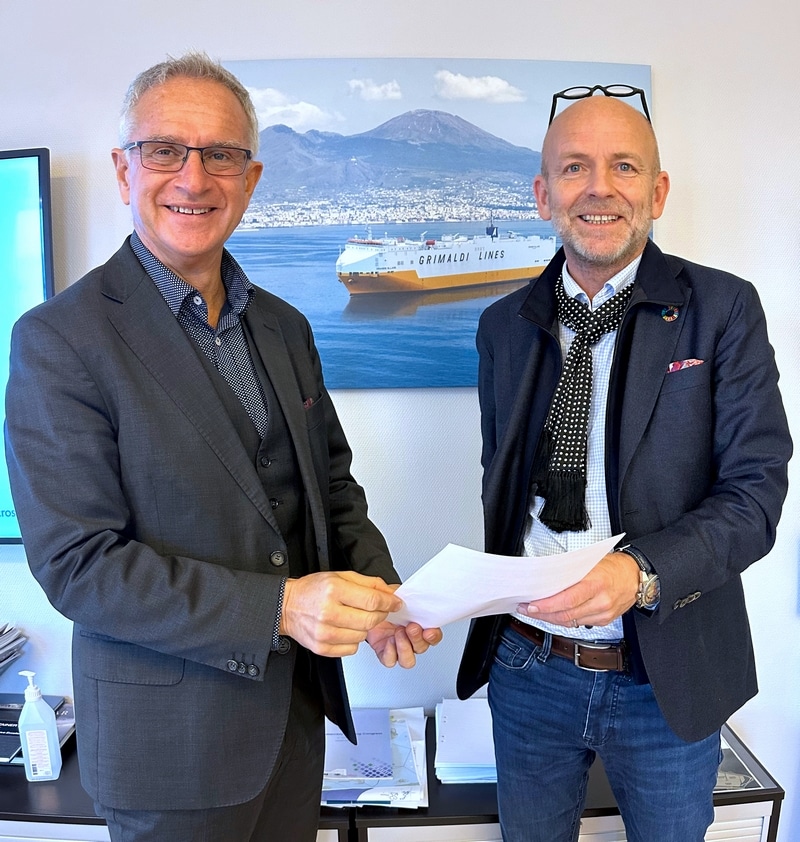
Swedish port on the island Tjörn wants to be completely green
Plastic waste is a huge problem to the environment. One that is growing and growing with each passing day. On another hand, the global energy transition requires clean hydrogen in large quantities. So why not use the waste to generate the gas in a CO2-neutral way? Innovative technologies and projects show how this could be done. They are doing pioneering work and solving several problems all at once.
The municipality Tjörn, north of Göteborg on the west coast of Sweden, has decided: It wants local energy production free of fossil fuels. The technology of Boson Energy from Luxembourg is to help in this. It takes non-recyclable waste and transforms it into clean electricity and green methanol. Green methanol could help the chemical and plastic industry replace fossil fuels.
The bonus: Both the electricity and the fuel for the port are to be negative-carbon through this, because Boson Energy’s process enables both a capture as well as the storage of CO2. With this process, the only solid that remains is a kind of slag. This can, however, be used as an environmentally friendly filling material or further processed into climate-friendly insulation material.
The first phase of the project required an investment of 100 million euros – the total cost will amount to around 450 million euros. “The project in Wallhamn will enable us to demonstrate all aspects of our circular economy vision,” said Jan Grimbrandt, founder and CEO of Boson Energy. The Swede is a green pioneer. He was already co-founder of the company Mobotec Europe, which has upgraded coal-fired power plants for operation with 100 percent biomass. In 2008, Grimbrandt founded the company Boson Energy.
Use in the port and in greenhouses
The project on the island Tjörn is now to demonstrate how a changeover can be made for areas and applications in which decarbonization is likewise difficult: fuels for ships, the chemical industry, fertilizers and in greenhouses for local food production. “This project will be a model for the world,” Grimbrandt is certain. And not just for ports, but also for cities and islands confronted with energy access issues and want to get away from fossil fuels.

Fig. 2: Signing the memorandum of understanding – Torbjörn Wedebrand (CEO of Wallhamn AB) on the left and Jan Grimbrandt (CEO of Boson Energy SA)
Boson Energy has already signed an agreement with the startup Ecopromt. From the cooperation, a greenhouse for vegetable growing is to appear near the port. The concept developed by Ecopromt shall ensure a circular and space-efficient vegetable production in this – that doesn’t impact the environment. Putting the growing facility in the vicinity of the Boson Energy plant enables electricity, carbon dioxide and cooling to be directly supplied to the facility, which enables energy- and climate-efficient cultivation.
The Boson Energy plant is to generate 70,000 tonnes of green methanol produced from self-generated carbon dioxide and from hydrogen as well as supply an about 60,000-m2 autonomous greenhouse facility with electricity, green CO2, heat and cooling. Additionally, thermal energy will be supplied to port buildings. The water that is generated in the fuel cells is also recovered and used – in a closed cycle.
The municipality has, among other things, checked the suitable industrial sites in the areas identified in the ongoing detailed planning and design process. After all, it is benefitting from the fossil-free energy supply and sustainable jobs that will result.
One of the goals of the project is to make the transshipment port Wallhamn into the first negative-carbon ports in the world. The generation of local electricity means that all vehicles in the port will have clean charging and operation in the future. Shore power connections for ships that come in are also to be offered. Grimbrandt figures a total of 30 to 40 GWh of green electricity from hydrogen. This covers DC-DC charging of heavy-duty vessels, power for port operations and shore power connections as well as, with an energy management concept, smooth operation during load peaks.
Trash into green hydrogen
But not only Grimbrandt and Boson Energy are working to produce clean hydrogen from waste. With the technical solution of the company H2-Enterprises from New York, wastes such as plastic, sewage sludge and landfill contents are to be converted into clean hydrogen through incineration. H2-Enterprises uses an H2 thermolysis method that, at high temperatures in the absence of oxygen, converts plastics and carbonaceous waste into hydrogen and CO2.
It is a two-step process: First, steam reforming takes place, followed by the water-gas shift reaction and the separating out of H2 and CO2. At the end, the hydrogen can be further purified as needed. The captured CO2 can be used for commercial purposes or stored. Likewise, the clean H2 gas obtained from the process can be transported and stored as a liquid organic hydrogen carrier (LOHC). The green gas can be sold in this form to customers around the world – or further processed into synthetic fuels such as e-diesel or sustainable aviation fuel (SAF).
100 kg H2 from one tonne of waste
This solution almost sounds too good to be true. Because it contributes to global environmental protection from two points at once: by elimination of waste and by the production of green H2. Both are urgently needed. According to the International Energy Agency (IEA), the global demand for hydrogen in year 2030 could exceed 200 million tonnes in the desire to meet promised climate targets. In addition to reaching the sheer volume, however, the emissions-free hydrogen must also be offered at a competitive price.
On the other hand, the World Bank calculates that yearly around 2 billion tonnes of household waste accumulates that is not or only partially disposed of in an environment-friendly manner. This corresponds to about one third of the total discarded. Every minute, an amount of waste equal to the capacity of a garbage truck is dumped into the ocean. At this rate, by 2050, there will be more plastic than fish in the ocean. Already, from one tonne of waste, 100 kg of H2 can be recovered.


